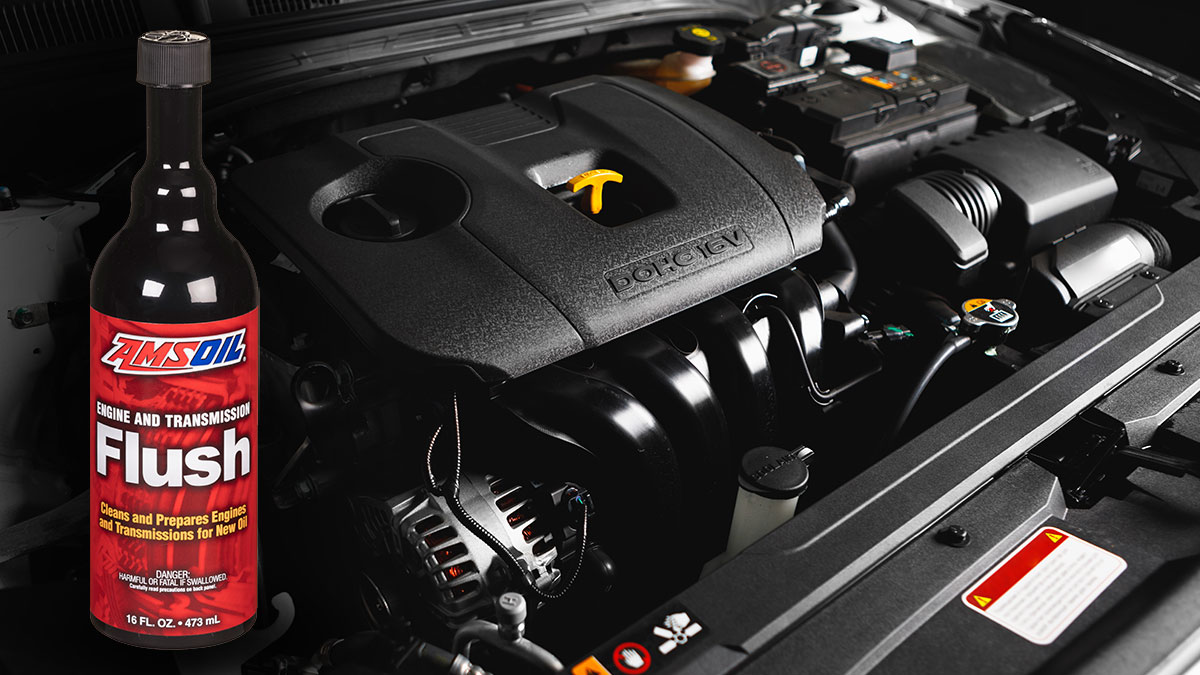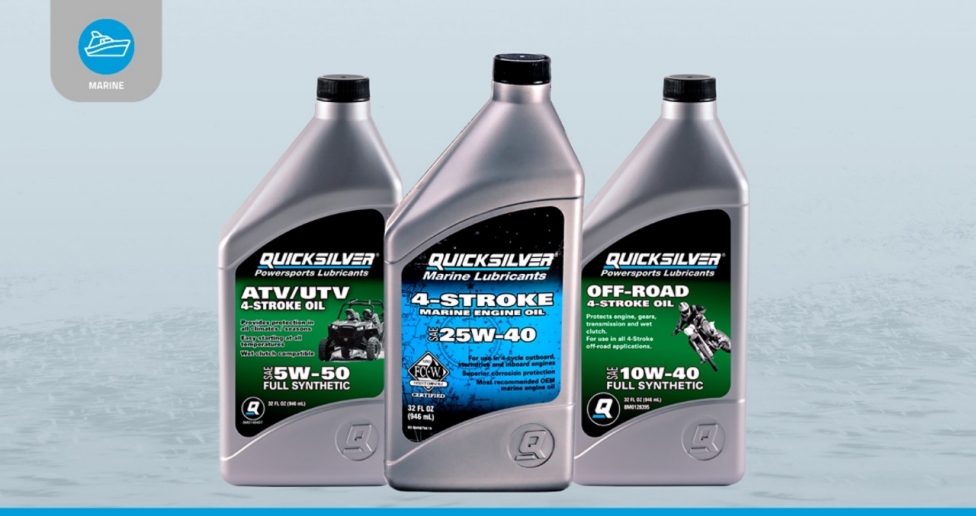An engine flush can potentially be harmful if your car is exhibiting signs of serious engine trouble. While regular engine flushes can enhance overall engine performance and extend its service life, aggressive flushing can dislodge larger chunks of sludge or deposits, which may clog vital components.
It is generally recommended to combine an engine flush with an oil change, making sure to get the engine flush right before the oil change. Ultimately, whether an engine flush is good or bad depends on the specific condition of your car’s engine and the expertise of the mechanic performing the flush.
It is important to weigh the potential benefits against the potential risks before deciding whether or not to proceed with an engine flush.

Credit: blog.amsoil.com
Introduction To Engine Flush
Engine flushing is a contentious topic in the automotive world. Many people believe it is essential for maintaining engine health, while others argue that it can do more harm than good. The concept of engine flushing involves using a chemical solution to clean the engine’s internal components, removing accumulated sludge and debris. Some drivers swear by its effectiveness, claiming that it improves engine performance and extends its lifespan. However, there are concerns about the potential risks associated with engine flushing. Critics argue that aggressive flushing can dislodge larger chunks of sludge, which may clog vital components and lead to costly damage. Ultimately, the decision to flush an engine should be made after careful consideration of the potential benefits and risks.
Benefits Of Engine Flushing
Engine flushing can bring multiple benefits to your vehicle. It can lead to improved engine performance, which means smoother operation and better power delivery. Additionally, it can contribute to extended engine life by removing harmful deposits and contaminants. By reducing wear and tear, engine flushing can help prolong the overall lifespan of your engine, potentially saving you from costly repairs in the long run.
Potential Drawbacks And Risks
|
Performing an engine flush carries some risks, especially if not done correctly. One potential drawback is the dislodging of larger chunks of sludge or deposits during the flush. These larger particles can then circulate in the engine oil and potentially clog vital components, such as oil passages and the oil pump pick-up screen. |
|
Another risk is possible engine damage. If your car has been experiencing serious engine issues, such as knocking, tapping, or consistent overheating, an engine flush might do more harm than good. In such cases, it is best to address the underlying problem instead of attempting a flush. |
Understanding Engine Sludge
Engine sludge can build up in your engine over time, causing potential harm. While an engine flush can remove this sludge, it may also dislodge chunks that could clog vital components. If your car is experiencing serious engine issues, an engine flush might do more harm than good.
| Understanding Engine Sludge |
|---|
| Engine sludge refers to the thick, sticky substance that can build up inside an engine over time. It is typically caused by a combination of factors, including the breakdown of engine oil, the accumulation of contaminants, and prolonged exposure to high temperatures. Sludge can restrict the flow of oil and lead to various engine problems, such as reduced performance, increased fuel consumption, and even engine failure. Signs of excessive sludge include low oil pressure, engine knocking or tapping noises, and overheating. It is important to note that while engine flushes can help remove sludge, they are not always recommended. If your car is already experiencing serious engine issues, an engine flush could potentially do more harm than good. Additionally, aggressive flushing can dislodge larger chunks of sludge that may clog vital components. Therefore, it is best to consult with a professional mechanic before deciding to perform an engine flush. Regular oil changes and proper maintenance are key to preventing sludge build-up and ensuring the longevity of your engine. |
Optimal Timing For Engine Flush
Optimal timing for engine flush depends on the vehicle’s maintenance history and symptoms. If the car shows signs of serious engine issues like knocking or overheating, an engine flush might do more harm than good. It’s best to consult a mechanic to determine if and when an engine flush is necessary.
| Optimal Timing for Engine Flush |
| Manufacturer’s Recommendations |
| Most manufacturers do not recommend engine flushes as a routine maintenance procedure. However, if your vehicle is experiencing significant engine issues, they may recommend an engine flush as a last resort before replacing the engine. |
| Environmental Considerations |
| Engine flushes can potentially harm the environment. The chemicals used in engine flushes can be hazardous if not disposed of properly. Therefore, it is important to follow the manufacturer’s recommendations and have the engine flush performed by a certified professional who can properly dispose of the chemicals. |
Please note that engine flushes should not be performed as a routine maintenance procedure unless your vehicle is experiencing significant engine issues. Always follow the manufacturer’s recommendations and have the engine flush performed by a certified professional to ensure proper disposal of the chemicals used.
Read More: What are the Symptoms of Bad Engine Timing?
Procedure For Engine Flush
Engine flush can be both good and bad for your car’s engine. While it can enhance engine performance and extend its service life, there are risks involved, especially if not done correctly. If your car is experiencing serious engine issues, an engine flush might do more harm than good.
It is recommended to consult a professional before deciding to flush your engine.
| Is Engine Flush Good Or Bad? | |
| Procedure for Engine Flush | Professional vs. DIY Approach |
| Engine flush is a process of cleaning the engine of a car by using a chemical solution. The process involves draining the old oil, adding the flush product, running the engine for a specific time, and then draining the solution along with the contaminants. After that, new oil is added to the engine. The steps involved in engine flush are straightforward and can be done by a professional or DIY approach. | The engine flush process can be done by both a professional mechanic and a DIY approach. However, it is always recommended to let a professional handle the process, especially if you have no prior experience. A professional mechanic will have the necessary tools and expertise to perform the procedure without any damage to the engine. A DIY approach may save you some money, but it can also lead to mistakes and potential damage to the engine. |
Engine flush is a process that can be done by a professional or DIY approach. It involves draining the old oil, adding a chemical flush product, running the engine for a specific time, draining the solution along with the contaminants, and then adding new oil to the engine. It is recommended to let a professional handle the process to avoid any potential damage to the engine. A professional mechanic will have the necessary tools and expertise to perform the procedure correctly. However, a DIY approach can save you money, but it also carries the risk of mistakes and potential engine damage.
Real-life Experiences With Engine Flush
Experiences with engine flush vary. While it can enhance engine performance and prolong its life, aggressive flushing may dislodge deposits, posing risks. If your car shows signs of serious issues, like knocking or overheating, consult a professional before opting for an engine flush.
Regular maintenance and oil changes are vital for optimal engine health.
| Testimonials | Case Studies | Expert Opinions |
|---|---|---|
| Regular engine flushes bring multiple benefits to the table. They enhance the overall engine performance and extend its service life. This practice also allows you to reduce engine wear and tear, increase fuel efficiency, and reduce the risks of expensive repairs. | Performing an engine flush carries some risks, especially if not done correctly. Aggressive flushing can dislodge larger chunks of sludge or deposits, which may clog vital components. | The main risk with a flush is particles dislodge and clog oil passages, especially the oil pump pick-up screen. The best way to prevent any such issues is to ensure the flush is done properly. |

Credit: www.youtube.com
Alternatives To Engine Flush
Performing routine maintenance is a viable alternative to engine flushes. Regularly changing your engine oil is crucial to keep it in good condition. It is recommended to change the oil once or twice a year, depending on factors such as short trips, hot climates, and dusty environments. Combining an engine flush with an oil change is a good practice, ensuring that the flush is done right before the oil change.
Another alternative is using additives and treatments that are specifically designed to clean and protect your engine. These products can help break down sludge and deposits, improving engine performance and extending its service life. However, it is important to follow the manufacturer’s instructions and use these additives in moderation to avoid any potential risks.

Credit: www.youtube.com
Frequently Asked Questions
Will Engine Flush Damage The Engine?
Flushing your engine might not always be a good idea as it could potentially cause harm to the engine, especially if your car has been exhibiting signs of serious engine trouble such as knocking, tapping, or incessant overheating. However, regular engine flushes can bring multiple benefits such as enhancing overall engine performance, extending its service life, reducing engine wear and tear, increasing fuel efficiency, and reducing the risks of expensive repairs.
It is recommended to combine an engine flush with an oil change, making sure to get the engine flush right before the oil change.
Is It Worth It To Get Your Engine Flushed?
Regular engine flushes can enhance overall engine performance, extend service life, reduce engine wear and tear, increase fuel efficiency, and lower the risk of expensive repairs. However, if your car is exhibiting signs of serious engine trouble, such as knocking, tapping, or overheating, an engine flush might do more harm than good.
It is generally recommended once or twice a year, depending on driving habits and climate conditions.
What Are The Disadvantages Of Engine Flush?
Engine flushes can dislodge sludge and debris, potentially clogging vital engine components. It may harm the engine if it’s already experiencing issues like knocking or overheating.
When Should You Get An Engine Flush?
An engine flush is generally recommended once or twice a year, depending on your driving conditions. It is best to combine an engine flush with an oil change, doing the flush right before the oil change. Regular engine flushes bring multiple benefits such as enhancing engine performance, extending service life, increasing fuel efficiency, and reducing the risks of expensive repairs.
However, if your car is experiencing serious engine issues like knocking or overheating, an engine flush may do more harm than good.
Conclusion
An engine flush can offer benefits by enhancing performance and extending the engine’s service life. However, it may pose risks if not done correctly, potentially causing damage. It’s essential to evaluate the specific needs of your vehicle and seek professional advice before deciding whether an engine flush is suitable.


